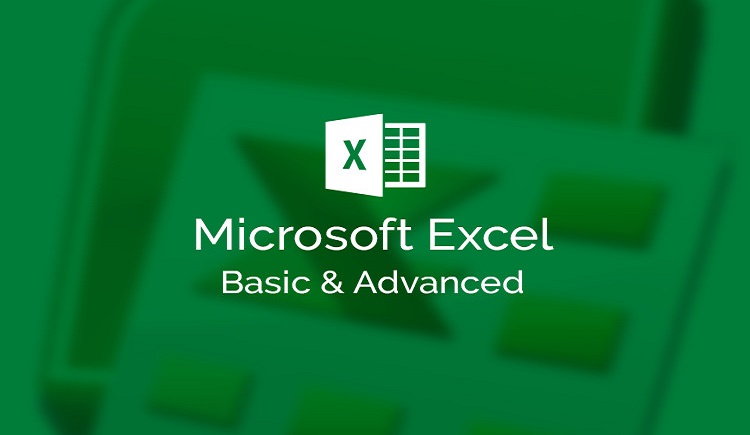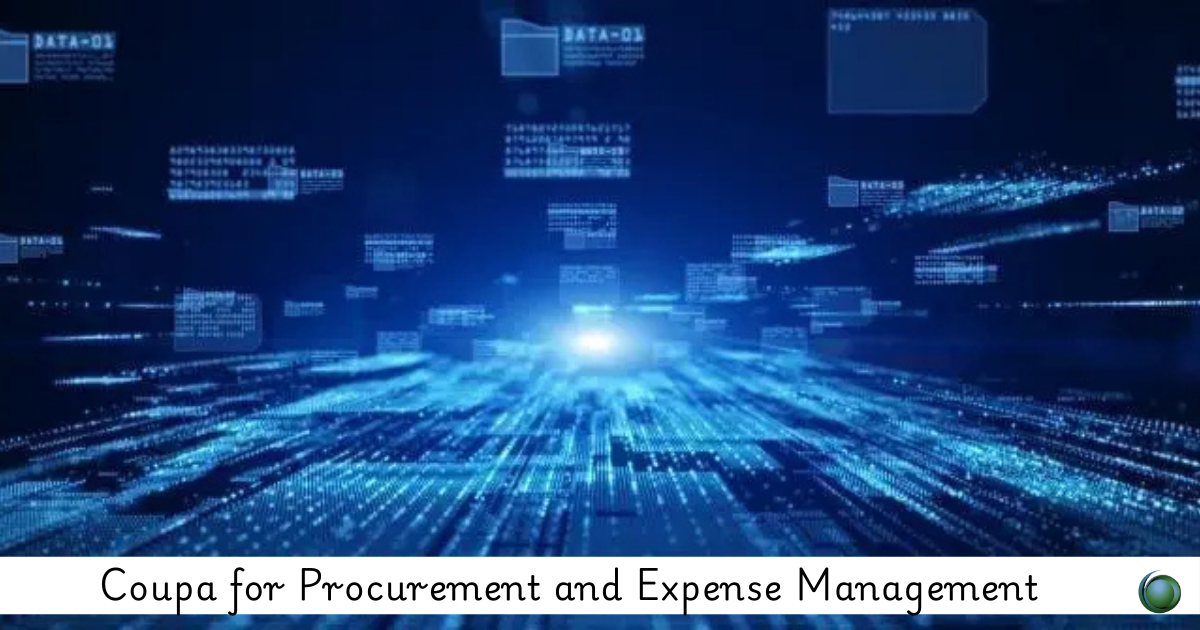Description
Introduction of Nuix and AI
This training program focuses on the integration of Artificial Intelligence (AI) and Machine Learning (ML) within the Nuix platform, particularly in the context of predictive coding for e-Discovery. Participants will learn how to utilize these advanced technologies to enhance document review processes, improve accuracy in identifying relevant materials, and streamline workflow efficiency. The course will provide a comprehensive overview of predictive coding concepts, implementation strategies, and best practices for leveraging AI and ML tools effectively.
Learning Outcomes of Nuix and AI
- Understand the fundamental concepts of predictive coding and its significance in e-Discovery.
- Learn how to implement AI and ML techniques within the Nuix platform.
- Develop skills to train machine learning models for improved document classification.
- Explore best practices for integrating predictive coding into legal workflows.
Prerequisites:
- Basic knowledge of e-Discovery processes and legal terminology.
- Familiarity with the Nuix platform and its core functionalities.
- Understanding of machine learning concepts is beneficial but not required.
Table of Contents
- Introduction to Predictive Coding and AI in e-Discovery
1.1 Understanding Predictive Coding
1.1.1 Definition and purpose of predictive coding in the e-Discovery context.
1.1.2 The role of predictive coding in document review processes.
1.2 Overview of AI and Machine Learning
1.2.1 Key concepts of AI and ML and their relevance to e-Discovery.
1.2.2 How AI enhances traditional document review methods.
1.3 Hands-On Activity: Exploring Predictive Coding in Nuix
1.3.1 Participants will navigate the Nuix interface to find predictive coding features.
- Setting Up Predictive Coding Projects in Nuix
2.1 Initiating a Predictive Coding Project
2.1.1 Step-by-step guide to setting up predictive coding projects in Nuix.
2.1.2 Understanding the importance of data preparation and sampling.
2.2 Defining Objectives and Key Metrics
2.2.1 Establishing goals for predictive coding projects.
2.2.2 Identifying key performance indicators (KPIs) for evaluation.
2.3 Hands-On Activity: Creating a Predictive Coding Project
2.3.1 Participants will set up a mock predictive coding project within Nuix.
- Data Preparation and Sampling for Predictive Coding
3.1 Importance of Data Quality in Predictive Coding
3.1.1 Discussing the impact of data quality on predictive coding outcomes.
3.1.2 Techniques for assessing and improving data quality.(Ref: Preparing for Nuix Certifications: Mastering e-Discovery Skills)
3.2 Sampling Techniques for Document Review
3.2.1 Overview of sampling methods (random, stratified, etc.) used in predictive coding.
3.2.2 Determining sample sizes for effective training of models.
3.3 Hands-On Activity: Preparing Data Samples in Nuix
3.3.1 Participants will prepare data samples for predictive coding.
- Training Machine Learning Models in Nuix
4.1 Introduction to Machine Learning in Nuix
4.1.1 Understanding how machine learning algorithms function in Nuix.
4.1.2 Overview of classification models used in predictive coding.
4.2 Training Process and Model Optimization
4.2.1 Steps for training machine learning models for document classification.
4.2.2 Techniques for optimizing models to improve accuracy.
4.3 Hands-On Activity: Training a Machine Learning Model
4.3.1 Participants will engage in training a mock machine learning model in Nuix.
- Evaluating and Validating Predictive Coding Models
5.1 Assessing Model Performance
5.1.1 Overview of metrics used to evaluate predictive coding models (precision, recall, etc.).
5.1.2 Importance of validating models to ensure reliability.
5.2 Techniques for Model Validation
5.2.1 Discussing cross-validation and other methods for validating predictive coding results.
5.2.2 Adjusting models based on validation feedback.
5.3 Hands-On Activity: Evaluating Model Performance in Nuix
5.3.1 Participants will evaluate the performance of their trained models.
- Implementing Predictive Coding in Legal Workflows
6.1 Integrating Predictive Coding into e-Discovery Workflows
6.1.1 Strategies for incorporating predictive coding into existing legal workflows.
6.1.2 Discussing the role of predictive coding in managing large datasets.
6.2 Best Practices for Workflow Management
6.2.1 Techniques for managing document review processes effectively using predictive coding.
6.2.2 Addressing common challenges faced during implementation.
6.3 Hands-On Activity: Designing a Predictive Coding Workflow
6.3.1 Participants will design a workflow that integrates predictive coding.
- Ethical Considerations and Compliance in Predictive Coding
7.1 Understanding Legal and Ethical Implications
7.1.1 Overview of ethical considerations when using AI and predictive coding in legal contexts.
7.1.2 Ensuring compliance with legal standards and regulations.
7.2 Documenting Predictive Coding Processes
7.2.1 Importance of documentation for transparency and accountability.
7.2.2 Best practices for maintaining records of predictive coding activities.
7.3 Hands-On Activity: Creating a Compliance Checklist
7.3.1 Participants will develop a compliance checklist related to predictive coding projects.
- Case Studies and Future Trends in Predictive Coding
8.1 Real-World Applications of Predictive Coding
8.1.1 Reviewing case studies that demonstrate successful predictive coding implementations.
8.1.2 Discussing lessons learned from these case studies.(Ref: Nuix Integrations: Enhancing e-Discovery with Third-Party Tools)
8.2 Emerging Trends in AI and Predictive Coding
8.2.1 Overview of trends and innovations in predictive coding and AI technologies.
8.2.2 Preparing for the future of predictive coding in the legal industry.
8.3 Closing Remarks and Q&A Session
8.3.1 Summary of key concepts covered in the training.
8.3.2 Open floor for participant questions and feedback.
Conclusion
By the end of this training, participants will have a thorough understanding of how to leverage AI and machine learning within the Nuix platform for predictive coding. They will be equipped with practical skills to implement predictive coding effectively, improve document review accuracy, and streamline e-Discovery processes.
Reference







Reviews
There are no reviews yet.